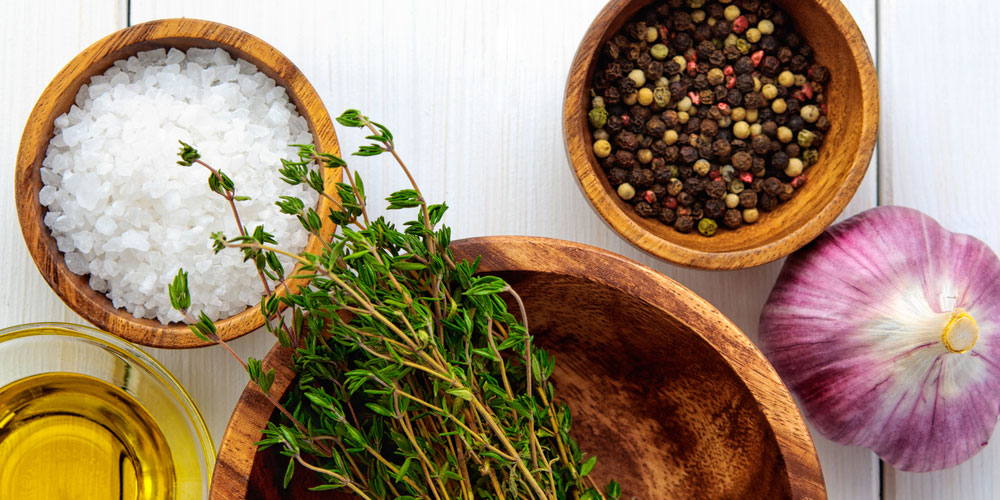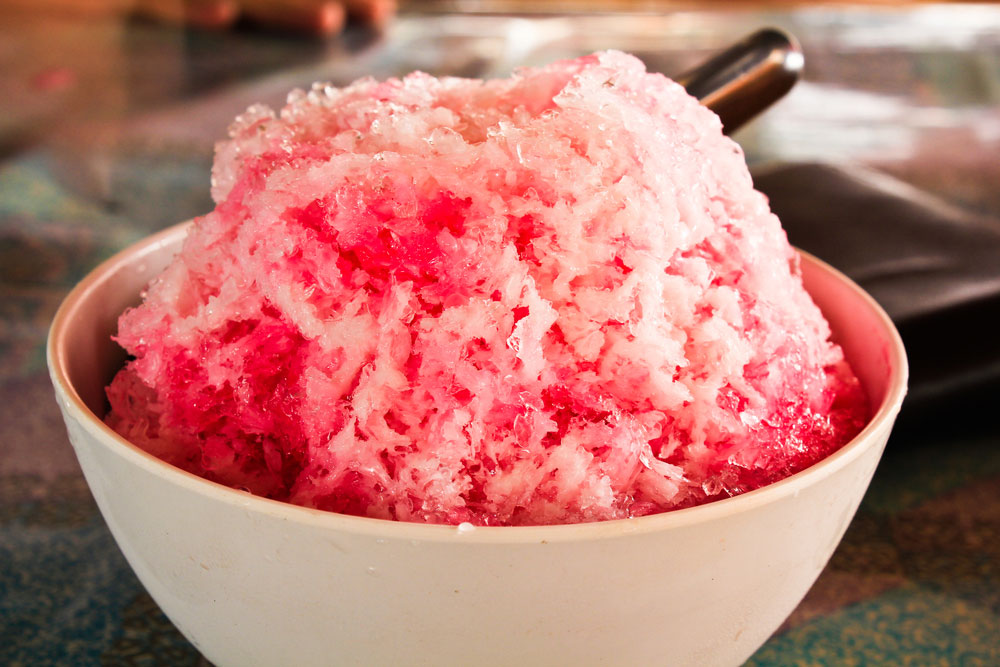Olive oil, sea salt and even black pepper could become popular ingredients in ice cream.
Olive oil and ice cream emerged as a flavour sold by retailers in 2015, gaining ground in foodservice and online bloggers for a few years. Adding olive oil in the recipe is said to provide texture benefits to ice cream, as it adds a additional creamy – yet not oily – texture, while the flavour is said to add subtle grassy and nutty notes. While you’re more likely to find olive oil flavoured ice creams in Italian restaurants and gelaterias, it has become a highlight dessert at Otto’s Pizzeria in New York City and is also found in other restaurants across the US. Advocates of the combination even point to how olive oil is rich in naturally occurring antioxidants and fat-soluble vitamins such as vitamin E.
Olive oil has been little seen in the retail ice cream market, but over the past 12 months, two artisan producers have introduced olive oil ice creams to supermarkets. In summer 2015, Texas-based Lick introduced Dark Chocolate, Olive Oil & Sea Salt Ice Creams into stores around Texas. The recipe uses locally sourced ingredients, such as extra virgin olive oil from the Texas Olive Ranch and dairy and dark chocolate from Austin–based Great Bean.
Meanwhile in Australia, another olive oil ice cream is available in supermarkets courtesy of local supplier Two Fat Cows. Similar to Lick’s recipe, Two Fat Cows is made with extra virgin olive oil which is sourced locally, as well as dairy from the company’s own herd of Friesian cattle.
Ice cream containing sea salt has tripled between 2013 and 2015.
Yet other savoury seasonings can work well in ice cream, such as ground black pepper, offsetting the sweet flavour. Ice cream products with black pepper among the ingredients are all but absent. But among the small parlours, black pepper’s profile is growing. After all, compared with the stringent demands of retail, the out-of-home ice cream channel can afford to be more experimental, and launch more unconventional flavours. For example, Morgenstern’s Finest Ice Cream Parlor in New York City currently sells a Szechuan Peppercorn Chocolate flavour, as well as a Salt & Pepper Pinenut option.
According to Mintel’s Ice Cream and Desserts UK 2015 report, ice creams featuring a measured amount of ground black pepper as a flavour component could be well received by consumers in a number of global markets. For example, 48% of British adults are interested in trying ice cream made with ethnic ingredients, and 39% are interested in hot flavoured ice cream.
Half of Chinese ice cream users who have not tried sweet and savoury mixed ice cream are keen to do so.
In China, over half of ice cream users have not tried sweet and savoury mixed ice cream, but would be keen to do so, according to Mintel’s research. The Chinese are continuously seeking ice cream products that offer greater variety in texture, flavours and sensations, thanks to rising incomes and an appreciation of gourmet recipes and unique flavours.











 Twitter
Twitter Facebook
Facebook YouTube
YouTube LinkedIn
LinkedIn